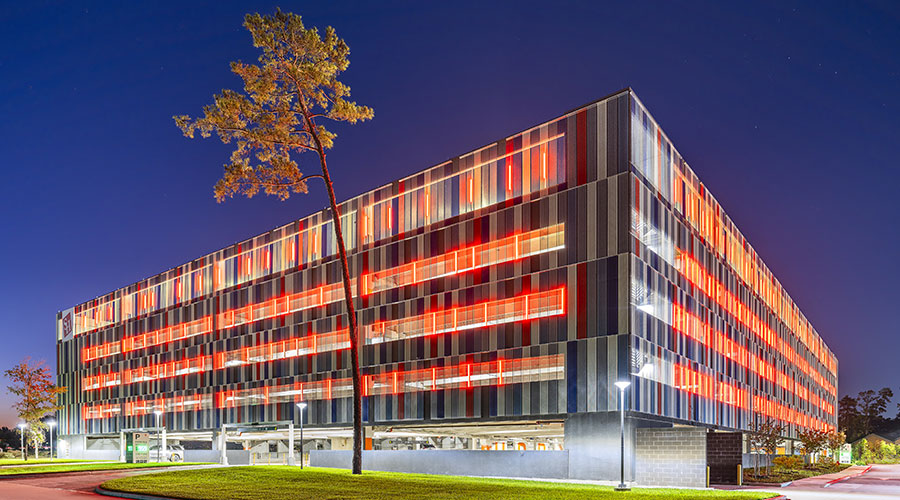 Both daylighting and tunable LEDs can help synchronize human circadian rhythms with the solar day. Research has shown that daylight helps improve student performance.
Both daylighting and tunable LEDs can help synchronize human circadian rhythms with the solar day. Research has shown that daylight helps improve student performance.Daylighting Benefits: Cost Savings, Occupant Health and Wellness
Though tunable LEDs have multiple benefits, there's simply no substitute for natural sunlight. But facility managers should make sure daylighting design strategies are cost-effective.
Although tunable LEDs mimic aspects of natural daylight, the actual spectral distribution of visible energy in daylight is significantly different than LED lighting, according to Guglielmetti. “In natural daylight, light energy distribution is a smooth curve,” Guglielmetti explains. “Most electric light sources do not have that smooth distribution, because they are exciting phosphors that then fluoresce, creating a spiky line.”
So, while tunable LEDs do produce light with a mixture of wavelengths to create a visually similar light, they are not hitting all the wavelengths of daylight, according to Guglielmetti, who theorizes that “potentially all those points” are how light really affects human health.
Regarding health benefits, Blake Jackson, sustainability design leader at Stantec, says that daylight sets a high benchmark in regulating such things as serotonin and melatonin in the human body. But he notes that the sun’s light is constantly changing. “LEDs just trick our brains,” he says.
The sun also triggers another health benefit that LEDs currently do not: the body's creation of important vitamins, necessary for our health and well-being. “There’s no replacement for more direct contact with nature,” says Jackson. “People just don’t feel the same under artificial light as they do when outside on the first sunny day. That human connection with nature cannot be built into buildings artificially.”
Another strong supporter of daylight is the commercial real estate industry. Building owners know the value of daylight and often prefer more glazing rather than less in modern buildings, Jackson says. “Their conviction is more glass is better than less,” Jackson observes.
Jackson also believes daylighting design also will remain a priority for facility managers for financial reasons. While today’s LEDs use very little wattage, they cannot trump good natural daylighting design. “The sun is still going to provide lighting for free,” says Jackson. “And the sun has behaved the same throughout time.”
On the other hand, some building owners view daylighting as an added design and construction cost with limited benefits, Guglielmetti says. “Natural daylighting eats up the design fee,” he points out. “It requires better glass for high performance windows and coatings that reduce ultraviolet rays. If the architectural design is not done well, the building owner may not save a watt of energy.”
Guglielmetti notes he’s observed a number of new construction projects where daylighting design was value engineered out early in the architectural design process.
Still, Jackson does not believe that it’s harder today to cost justify daylighting than before white-tunable color LEDs, particularly when building owners are meeting modern energy codes or striving for LEED certification.
Related Topics:














